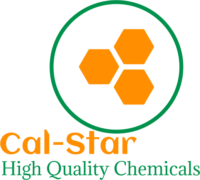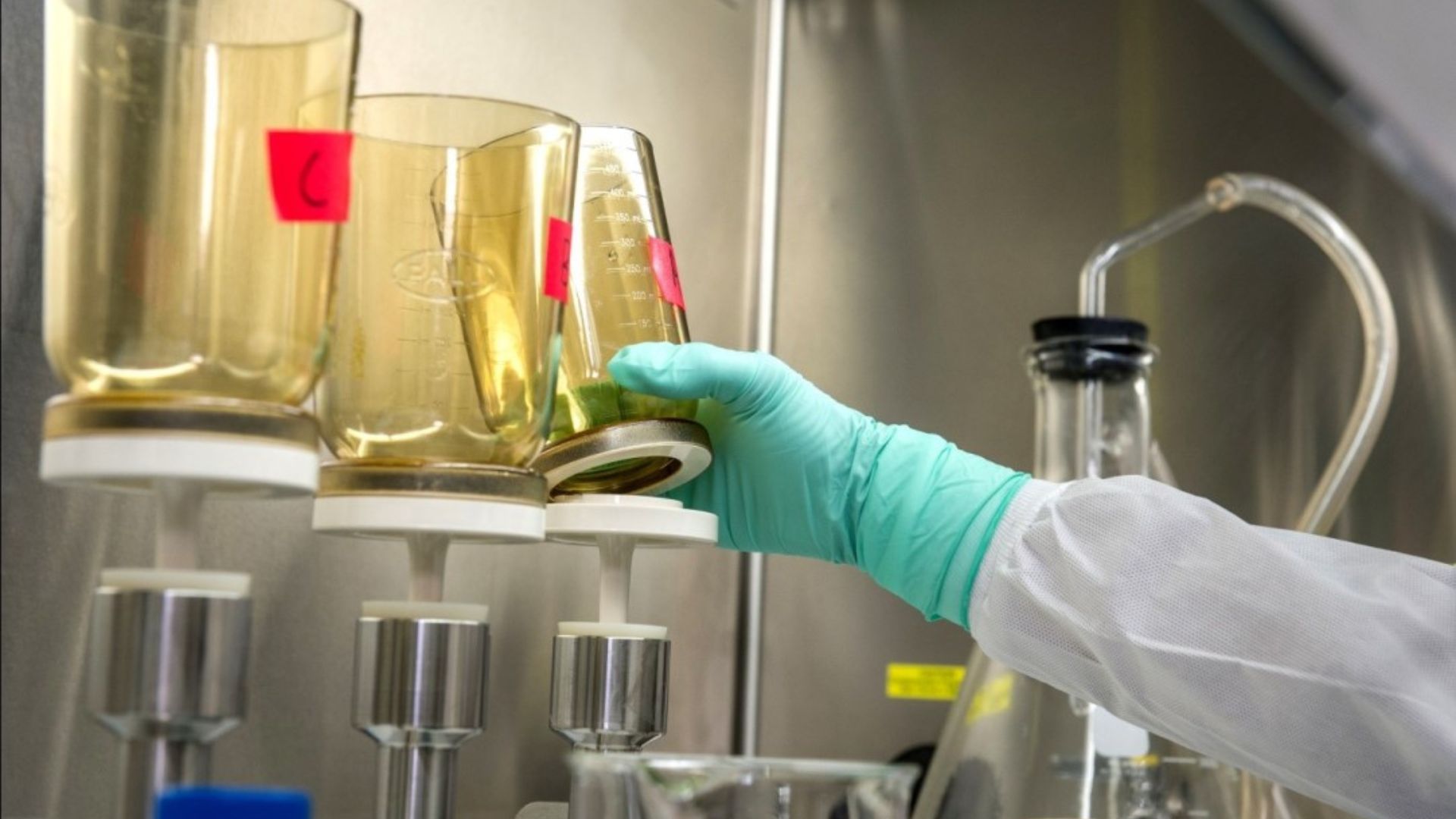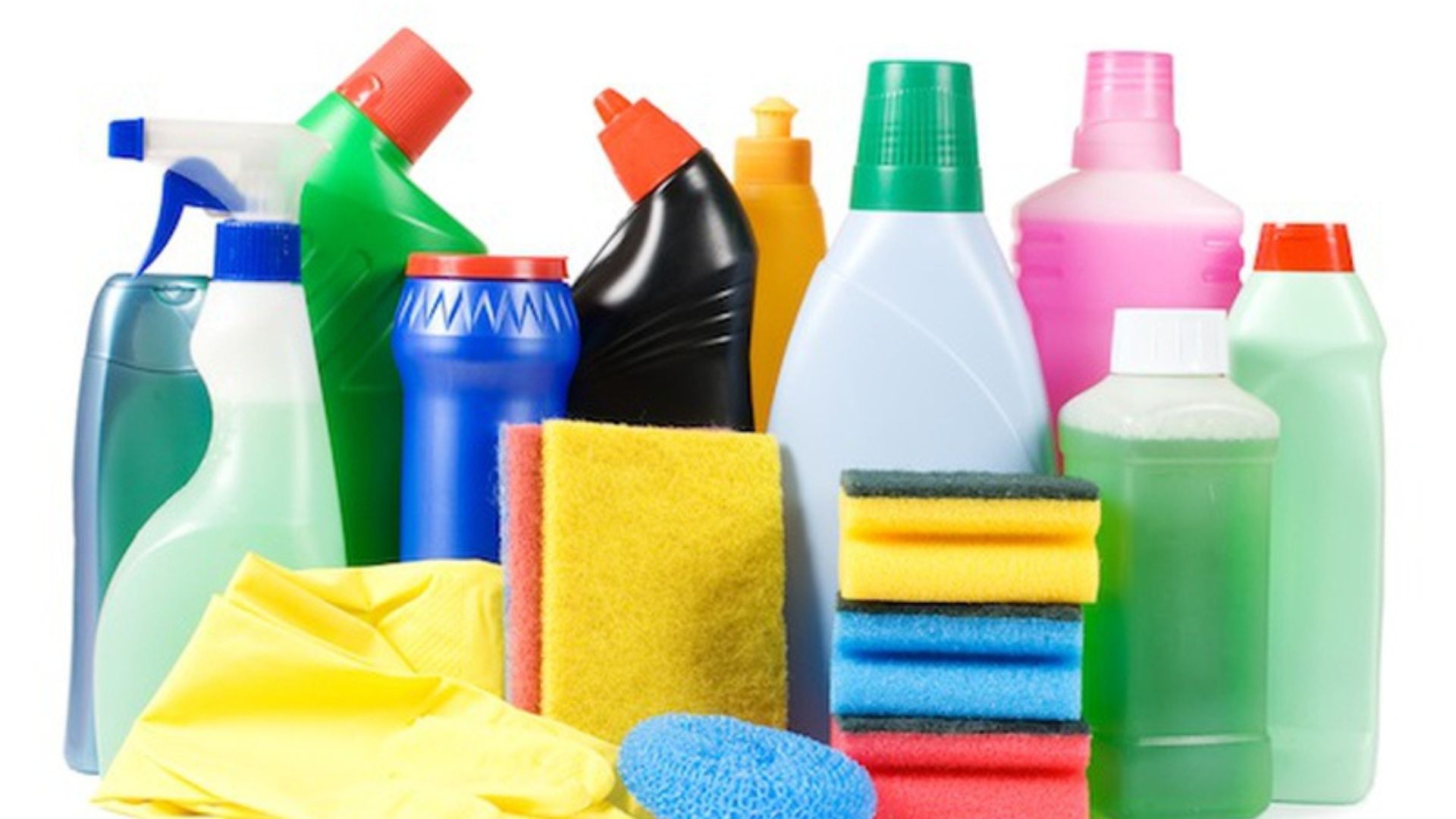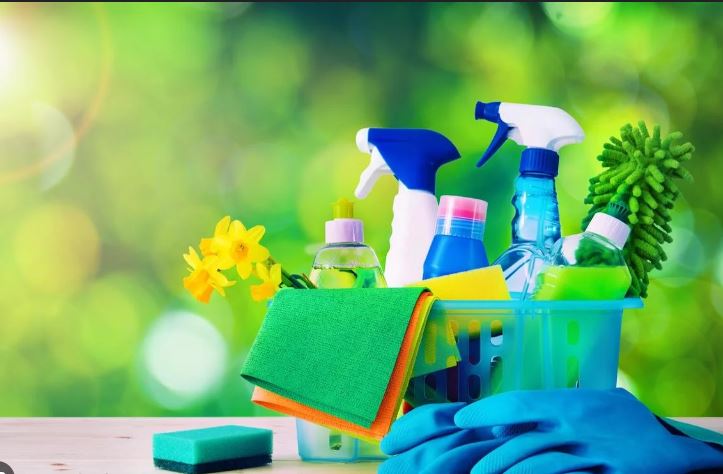Chemical contamination in experiments can lead to unreliable results, safety hazards, and wasted resources. To ensure accurate outcomes and maintain a safe working environment, it’s crucial to implement effective strategies to prevent contamination. Here’s a comprehensive guide on how to avoid chemical contamination in your experiments.
1. Use Proper Personal Protective Equipment (PPE)
Wearing appropriate PPE is essential for preventing chemical contamination. Lab coats, gloves, safety goggles, and face shields protect you from accidental exposure. Ensure that all lab personnel are equipped with and trained in using PPE properly.

How to Prevent Chemical Contamination in Experiments
2. Maintain Clean Workspaces
A clean workspace minimizes the risk of contamination. Regularly clean and disinfect laboratory surfaces, including countertops and equipment. Avoid clutter, as it can harbour contaminants and complicate cleaning efforts.
3. Follow Strict Hygiene Practices
Good hygiene practices are crucial in preventing chemical contamination in experiments. Wash hands thoroughly before and after handling chemicals. Avoid touching your face or eating in the lab to prevent accidental contamination.
4. Use Clean Equipment and Glassware
Ensure that all equipment and glassware are thoroughly cleaned before use. Residual chemicals from previous experiments can contaminate new samples. Properly wash and, if necessary, sterilize all lab tools to maintain their cleanliness.
5. Store Chemicals Properly
Store chemicals in designated areas according to their specific requirements. Use appropriate containers and label them clearly. Store incompatible chemicals separately to avoid dangerous reactions and contamination.
6. Implement Proper Handling Techniques
Follow correct handling techniques for all chemicals. Use pipettes, spatulas, and other tools as intended. Avoid transferring chemicals directly from one container to another without proper precautions to prevent spills and cross-contamination.
7. Use Dedicated Lab Areas
Designate specific areas of the lab for particular types of experiments or chemicals. Separate areas for different activities can reduce the risk of cross-contamination. Mark these areas to ensure everyone follows the lab’s layout.
8. Employ Fume Hoods and Safety Cabinets
Use fume hoods and safety cabinets when working with volatile or hazardous chemicals. These safety devices help to contain and remove harmful vapours, reducing the risk of chemical contamination and protecting the lab environment.
9. Monitor and Control Environmental Conditions
Control environmental conditions such as temperature, humidity, and airflow in the lab. These factors can affect chemical reactions and increase the risk of contamination. Maintain stable conditions to ensure reliable experimental results.
10. Conduct Regular Maintenance of Equipment
Regularly maintain and calibrate laboratory equipment. Malfunctioning or unclean equipment can contribute to chemical contamination. Schedule routine checks and maintenance to keep all instruments in optimal working condition.
11. Implement Contamination Control Protocols
Develop and adhere to contamination control protocols. These protocols should include procedures for cleaning spills, decontaminating surfaces, and disposing of chemical waste. Make sure all lab personnel are familiar with and follow these protocols.
12. Use Proper Waste Disposal Methods
Dispose of chemical waste according to established guidelines. Avoid mixing different types of waste, as this can lead to hazardous reactions. Follow local regulations and lab policies for safe disposal to prevent environmental contamination.
13. Conduct Risk Assessments
Regularly conduct risk assessments to identify potential contamination sources and address them. Assess the risks associated with each experiment and implement appropriate measures to mitigate those risks.
14. Train Lab Personnel Thoroughly
Ensure that all lab personnel are well-trained in best practices for preventing chemical contamination. Training should cover proper handling, storage, and disposal of chemicals, as well as emergency procedures for spills and accidents.
15. Document and Review Procedures
Maintain thorough documentation of all procedures related to chemical handling and contamination prevention. Regularly review and update these procedures to incorporate new safety practices and address any issues that arise.
Conclusion
Preventing chemical contamination in experiments requires diligent attention to detail and adherence to best practices. By using proper PPE, maintaining clean workspaces, employing correct handling techniques, and following contamination control protocols, you can ensure safer and more reliable experimental outcomes. Regular training, risk assessments, and equipment maintenance further support these efforts, contributing to a safer and more effective laboratory environment.




